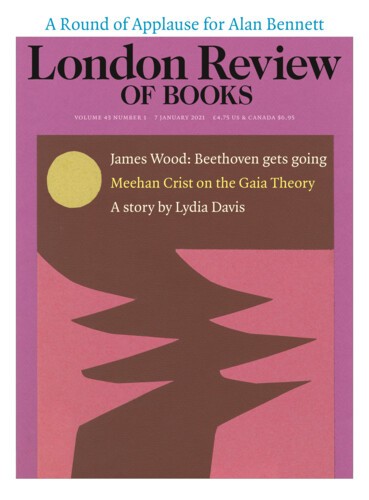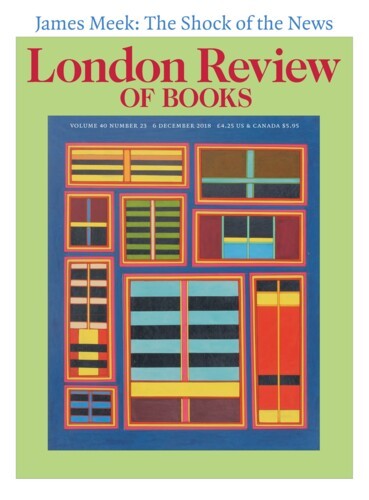At the British Museum: ‘what have we here?’
Esther Chadwick, 26 December 2024
Among the objects selected from the British Museum’s collection by the artist Hew Locke for his exhibition what have we here? (until 9 February) is a silver-gilt dish made in 1874 by the Crown jeweller, Garrard and Co. The dish is a feast of ostentation. Concentric bands of palmettes, floriate scrolls, rippling gadroons and spirals encase an intricate boss, where smaller versions of...




